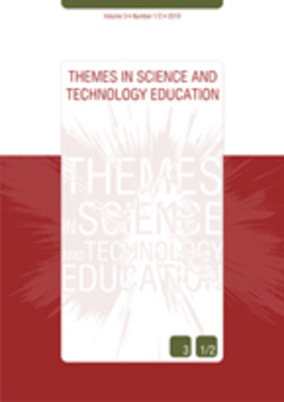Incorporating Kansei Engineering in instructional design : Designing virtual reality based learning environments from a novel perspective
Part of : Themes in science and technology education ; Vol.1, No.1, 2008, pages 37-48
Issue:
Pages:
37-48
Abstract:
In recent years, the application of virtual reality (VR) technology in education is rapidly gaining momentum. The educational benefits offered by such technology have prompted many educators as well as instructional designers to investigate ways to create effective and engaging VR learning. Instructional designers have examined widely the capability of VR in influencing the cognitive capacity as well as motivational processes of learners. Nonetheless, one oftenneglected aspect is its ability to stimulate emotions, which in turn can affect learning. With the current intense interest in designing emotionally sound instructional applications, this paper proposes a new outlook by incorporating Kansei Engineering methodology in the instructional design process. Specifically, as part of an ongoing project, it describes how Kansei Engineering method can be incorporated in the design of VR based learning environments based on the model suggested by Chen, Toh and Wan (2004). The proposed method is not only able to facilitate the instructional designers in identifying desired design elements but also to refine the methods prescribed in an instructional model.
Subject:
Subject (LC):
Keywords:
instructional design, virtual reality, kansei engineering, educational technology




